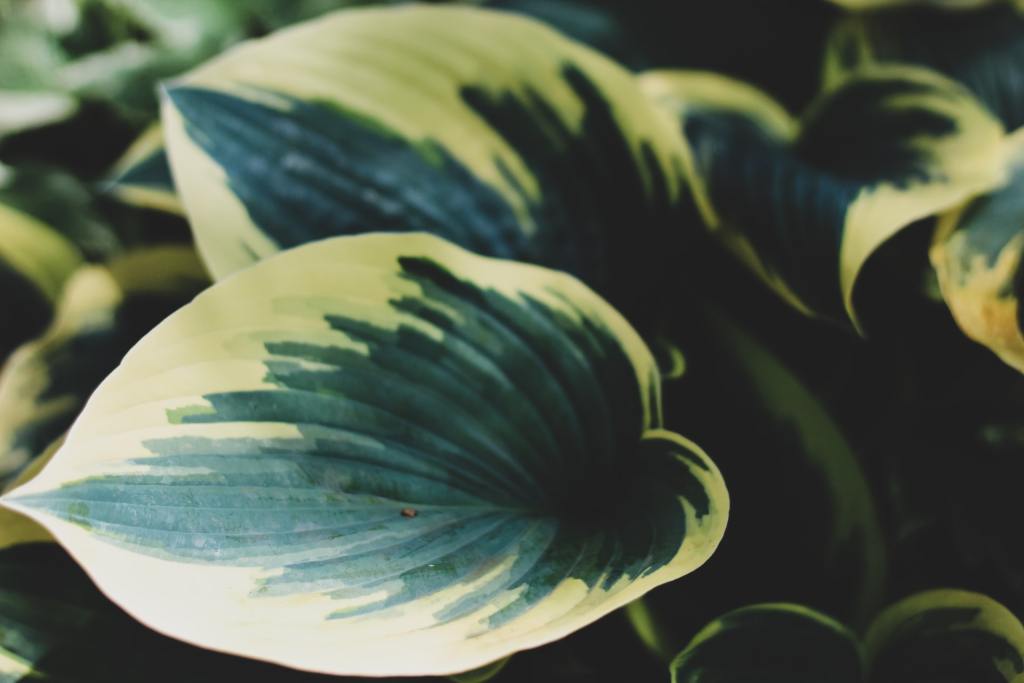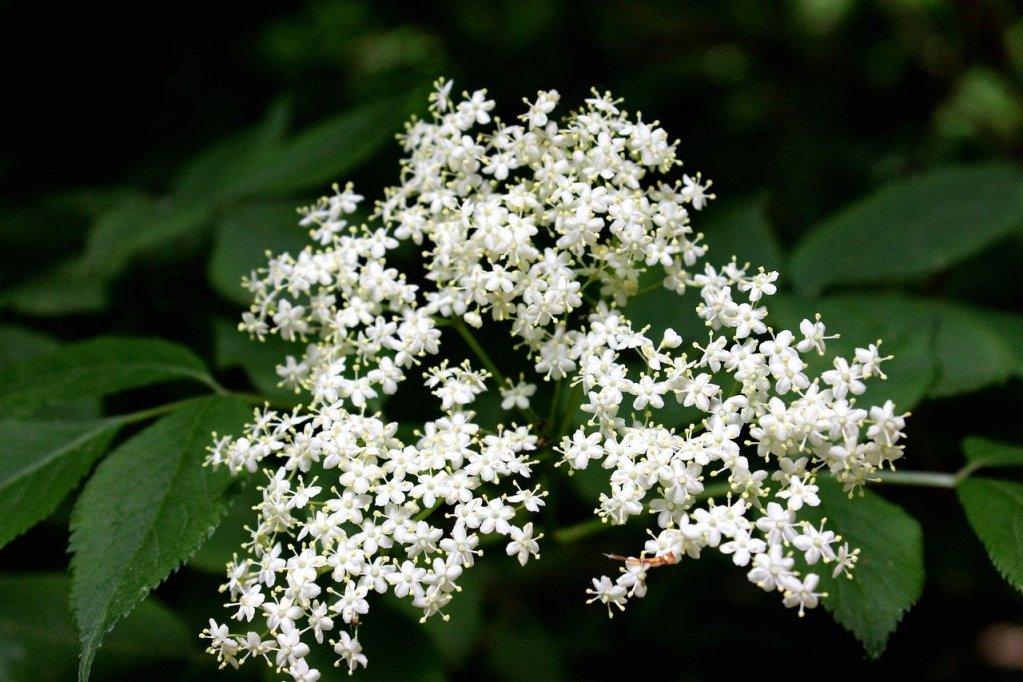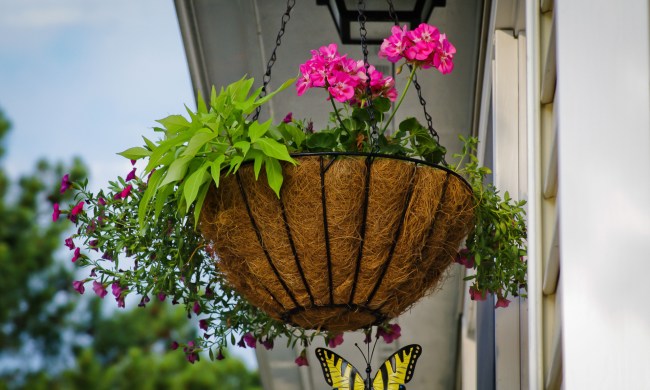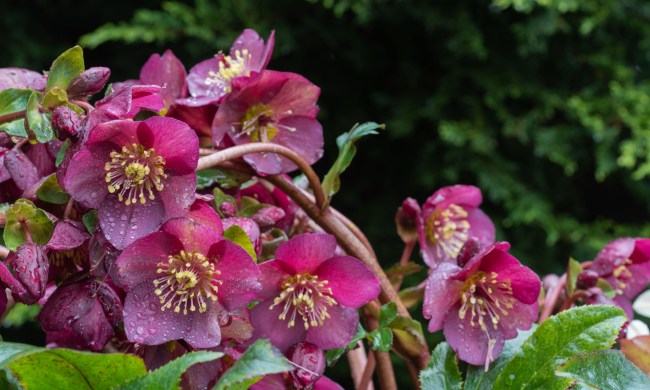Green within a flower garden allows your eyes to rest and makes the garden more balanced. Too many flowering plants can cause a garden to look busy and messy. The trick is to find the perfect amount of green and color to create a balanced and effortless look within your flower bed.
However, not all beautiful leafy green plants are created equal. Some greenery used in gardens can become invasive and take over a garden bed and choke out your blooms. This causes flowering plants to die due to a lack of available nutrients and a garden of just green plants.
To avoid this catastrophe, we’re going to cover the right green plants to balance out your flowers and the invasive green plants that could potentially wreak havoc on your beautiful flowers.
Popular greens to add to a flower garden
While this is not an exhaustive list, these are the six most popular plants to add to gardens to balance and support those colorful flowers with a beautiful green backdrop.
Hostas are an excellent option for someone looking to add a bit of green to their flower garden. They come in shades of green, gold, blue, and variegated varieties. With the range of colors that can be found, you’re sure to find a Hosta that’s right for you.

When the plant gets too big, you can simply pull it up, half it down the middle, and you can either gift the other half or plant it somewhere else.
Lambs Ear is truly a hardy and low maintenance plant. Its soft, velvety leaves are adorable and ideal for those looking for a ground cover or border plant. This plant grows well in high sun and shade and in thoroughly watered soil or dry soil.
Dusty Miller isn’t exactly green, but it’s pale greenish-white color is stunning and fantastic for balancing out the colors in a flower garden. It’s also a deer-resistant plant and might help keep the deer from munching on other more colorful flowering plants.
Ornamental grass is a plant we can all probably identify as we drive through our subdivisions or neighborhoods. These grasses can sometimes be tall and produce beautiful dangling seeds that look beautiful when blowing in the wind. Other smaller varieties are more subtle and can act wonderfully as a filler plant.
Spotted Laurel is a green-leaved evergreen that is easy to grow and can tolerate various conditions. It’s great for a backdrop plant for other flowering plants to shine or as a hedge plant to create a boundary between different garden parts.
Baby’s Breath isn’t precisely an all-green plant, but its delicate white flowers and green stems are a splendid way to break up all those bright and eye-catching flowers. It’s also perfect for harvesting and bringing into your home for a bit of nature on the kitchen table.

Greens that could choke your flowers
The previous six plants are slow growing or are naturally not invasive plants. There are, however, some plants that are invasive in almost any climate. While still beautiful, these plants can quickly take over and choke other flowering plants so you have nothing left.
If you’d like to have these plants growing in your garden, try to dedicate an entire space just for them so they can do what they do best — and invade.
Ferns are a plant that can transform any garden into a Jurassic Park-themed garden with just a few plants. And just like the dinosaurs, ferns tend to take over and not care what they kill off to invade more space.
Mint is a delicious plant to add to your lawn. The only problem is that once you plant mint, you’ll never get rid of it. It’s a beautiful ground cover, but it will climb and choke any flowers. If you want mint growing at your home, dedicate an entire raised bed or container garden to just mint, and be sure to prune and pull it up when it inevitably crawls out.
Clover can quickly take over any lawn and fill it with its adorable three-leaved foliage. While it may be cute, it’s not cute when it sucks up all the nutrients for itself and leaves nothing for your flowers or other plants. If you don’t like the idea of an exclusive clover garden, maybe avoid this plant altogether.
Creating a balanced flower garden is easy with these non-invasive plants. You can be sure to enjoy the fruits of your labor instead of pulling up handfuls of these other invasive plants.


